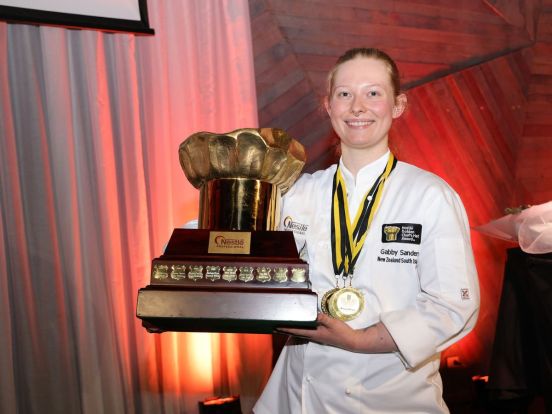By Marisa Bidois, CEO of the Restaurant Association of New Zealand.
2022 marks the arrival of the inaugural Matariki public holiday. The Government has committed to ensuring mātauranga Maori is at the heart of celebrations of the Matariki public holiday, ensuring it will be a time for remembrance, celebration of the present and a look forward to the promise of a new year.
But what long term place will this new national holiday play in the lives and hearts of New Zealanders?
Almost all major holidays around the world revolve around eating special foods together. And for many people, food and the act of preparing certain foods call up memories from bygone years.
Food can also be a defining narrative about us – a connecting point to family and culture, intrinsically linked to place and occasion.
It is an integral part of any celebration, regardless of culture or religion and serves to unite and strengthen familial bonds and create a common identity among a group of people.
Whether it be firing up the BBQ for Christmas dinner or dining with loved ones on Mother’s Day, there’s a deep connection between dining and occasions. And often this is linked to specific foods that represent the season, the land and the occasion.
For thousands of years here in the South Pacific, we’ve been celebrating the winter months (Pipiri) by drawing close and feasting.
For Māori it was a time to give thanks for the food of our amazing country Aotearoa/New Zealand. This time was beckoned by the rise of the Matariki constellation and these stars represented the water, earth, ocean, air and the bounty that came from them.
It was a time for renewal, the end of one growing year and the promise of a new one ahead.
The Matariki national holiday should become a time we come together and share food with our friends and loved ones, no matter what our heritage or background.
It’s also a time to acknowledge the manaakitanga or hospitality that is an intrinsic part of who we are as kiwis.
Around the country our industry is already getting behind the occasion by coming up with dishes to demonstrate the Matariki food story on their menus.
This year the Matariki Dish Challenge has been launched in some of our main centres and provides a wonderful opportunity for our local hospitality sector to participate in an event that celebrates Matariki and what it means for Aotearoa New Zealand.
Over time the Restaurant Association has a vision to develop and support more initiatives like this to make food and dining out an intrinsic part of the celebration.
In getting behind the occasion, our industry has an opportunity to offer people a way to learn about the occasion through food and showcase our incredible local produce to visitors.
Whilst New Zealand has embraced international food influences, Matariki offers us a unique opportunity to understand and celebrate our native produce as well as ancestral methods of preparing food.
The ancestors of the Māori brought edible plants from their homeland, including kūmara, yam and taro. Finding the climate colder here, Māori used sophisticated cultivation techniques to adapt these crops to the new environment.
Aotearoa was originally covered with dense native bush, and its wild ferns, vines, palms, fungi, berries, fruit and seeds became important foods.
Preserving and cooking over fire as well as underground have also become important parts of our unique approach to food.
In Aotearoa we’re lucky to have the best ingredients right at our fingertips. From Kai Moana to the foraged plants of our native bush, we have a unique food culture that we now have the perfect opportunity to embrace and share with others.








